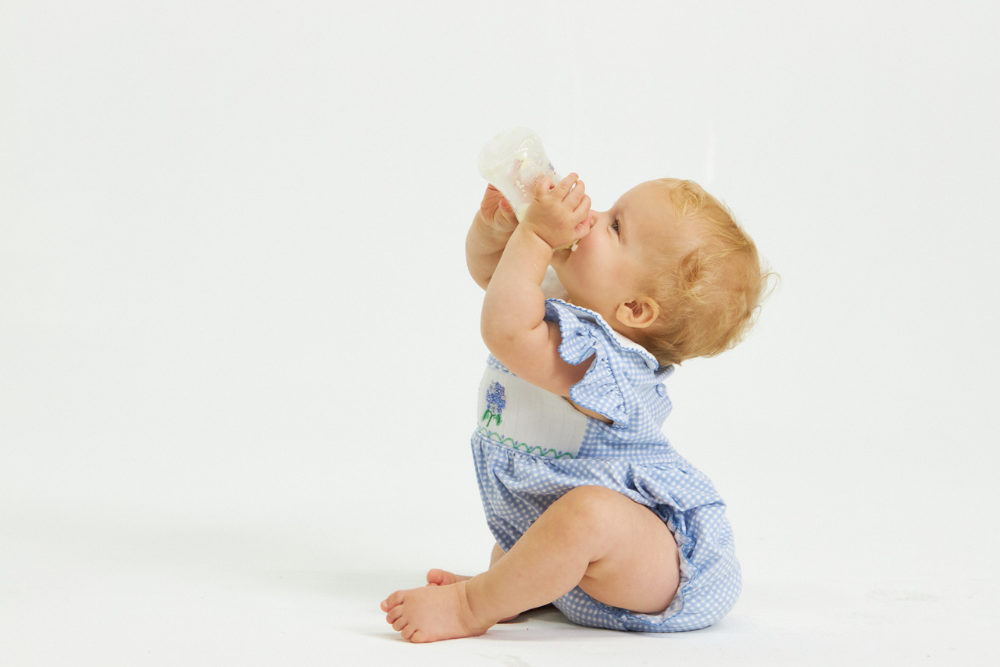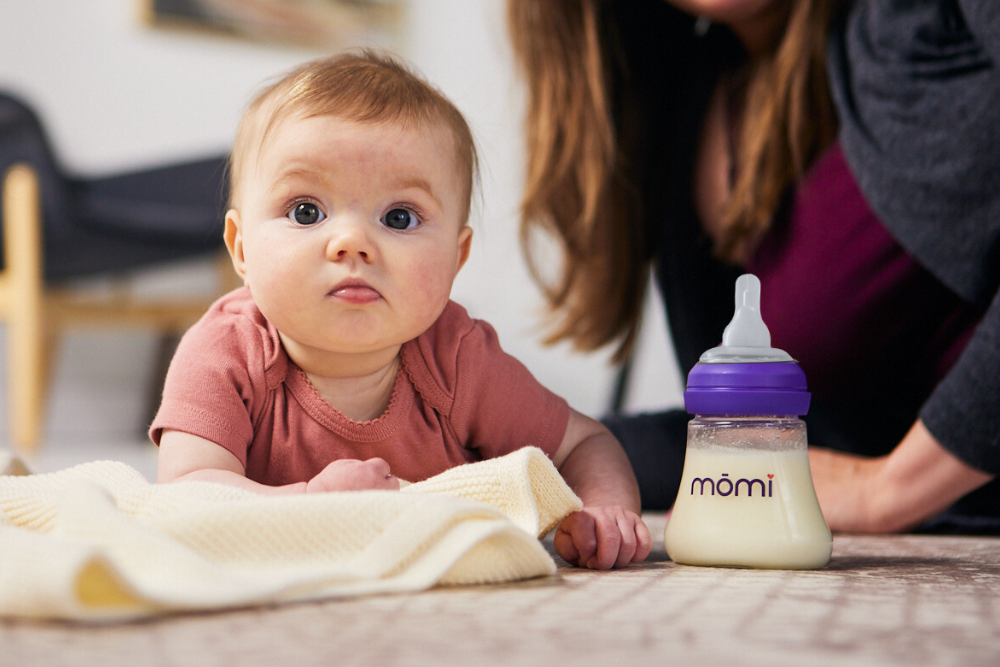Choosing the right bottle nipple flow rate for your baby's bottle feedings can feel overwhelming, but we're here to guide you through it! Understanding flow rate ensures your baby is safe and comfortable, and that bottle feeding supports ongoing breastfeeding.
what is flow rate?
Flow rate refers to how quickly or slowly milk passes through the nipple during a feeding. Nipples are typically graded with numbers or letters, such as 1-2-3 or S-M-F (slow, medium, fast). The mōmi babypace® nipple is graded as level 1, level 2, and level 3, with 1 the slowest flow.
flow rate guidance for mōmi nipples
To help you choose the right mōmi nipple flow rate for your baby, here’s a quick guide:
-
Level 1 is recommended for:
- late pre-term and full-term newborns
- exclusively breastfed babies up to 3 months old who are being introduced to a bottle for the first time (unless they are accustomed to nursing with a strong letdown)
- babies who have established feeding skills with other brands' level 0 (preemie, etc.)
- The level 1 flow rate measures 11.3 mL/min with a .03 coefficient of variation (“cv”).
-
Level 2 is recommended for:
- exclusively breastfed babies older than 3 months
- exclusively breastfed babies under 3 months who have adapted to a heavy let-down
- babies who have established feeding skills with other brands' level 1 or equivalent (slow flow, etc.)
- babies who have previously adapted to mōmi's Level 1 and have graduated to needing a faster flow rate, typically 3 months or older.
- The level 2 flow rate measures 20.8 mL/min with a cv of .04. It is similar to the mōmi Gen 1 "m" (medium) flow rate.
-
Level 3 is recommended for:
- babies who have established feeding skills with other brands' level 2 or equivalent (medium flow, etc.), typically 6 months or older
- babies who have previously adapted to mōmi's Level 2, and have graduated to needing a faster flow rate, typically 6 months or older.
- Level 3 measures 40.0 mL/min with a .09 cv.
Important:
Before using the nipple for the first time, clean it with the included cleaning tool, passing the tip of the tool through the opening of the nipple duct 5 - 10 times. This not only cleans the duct, but also establishes the nipple's correct flow rate.
why opt for a slower flow?
We recommend using the slowest flow rate your baby can comfortably manage. There are several benefits to this approach:
- Prevents Overfeeding: Slower feeding helps prevent your baby from consuming too much milk too quickly, reducing the risk of regurgitation or spit-up.
- Supports Breastfeeding: A slower flow rate minimizes the likelihood of your baby developing a preference for the bottle.
- Reduces Choking Risk: A gentler, slow flow prevents milk from overwhelming your baby’s mouth, reducing the chances of choking or milk leakage.
when to consider a faster flow
While a slower flow rate is generally recommended to start, there are exceptions. If your baby has developed a strong and fast suck—typically seen in older infants or babies who have adjusted to a strong letdown from mom’s breast—they may do better with a slightly faster flow. Babies with a strong suck may become frustrated with a slow flow, especially if the nipple collapses during feeding. Also remember that mōmi nipples require your baby to work for the milk in a way that most conventional nipples do not, and babies can be frustrated if the mōmi flow rate you select is too slow.




